Teeth Whitening: The Ultimate Guide to Achieving Dazzling White Teeth. 10 Effective Ways to Whiten Your Teeth.
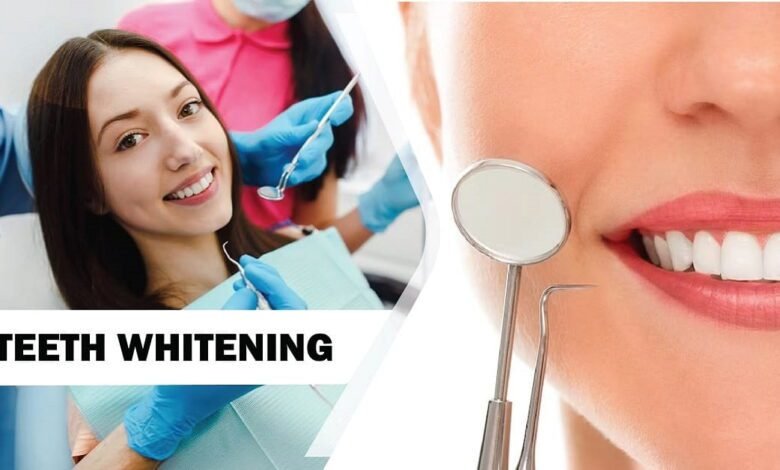
Teeth Whitening:
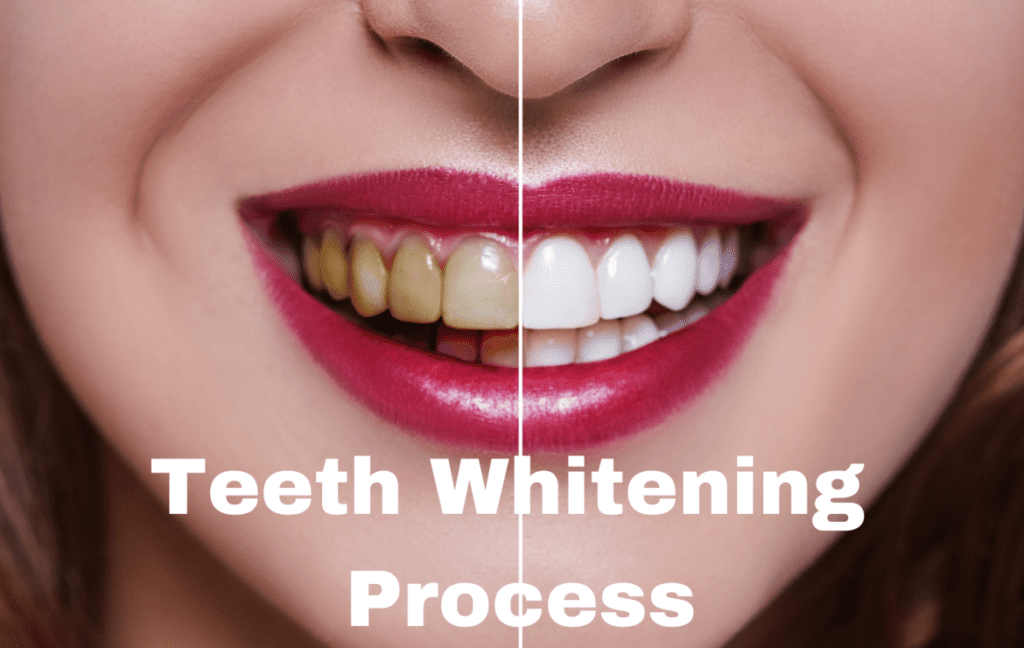
Achieving a brighter, whiter smile is a goal many individuals aspire to. Fortunately, there are various ways to enhance the whiteness of your teeth, ranging from simple lifestyle changes to more advanced dental procedures. Here are 10 effective ways to whiten your teeth:
10 Effective Ways to Whiten Your Teeth:
1. Maintain Good Oral Hygiene:
The foundation of a white smile begins with proper oral hygiene. Brush your teeth at least twice a day using a fluoride toothpaste. Ensure that you are using a soft-bristled toothbrush to avoid enamel damage, and don’t forget to floss daily to remove plaque and stains between teeth.

2. Limit Staining Foods and Beverages:
Certain foods and drinks can contribute to teeth staining. Coffee, tea, red wine, and dark-colored berries are common culprits. Limit your consumption of these items, and if you do indulge, rinse your mouth with water afterward to help minimize staining.
3. Quit Smoking:
Smoking not only poses serious health risks but also leads to yellowing of teeth. The tar and nicotine in tobacco can stain teeth over time. Quitting smoking not only benefits your overall health but also contributes to a brighter smile.

4. Hydrate with Water:
Water is not only essential for overall health but can also help maintain a white smile. Drinking water helps wash away food particles and prevents staining. Additionally, staying hydrated promotes saliva production, which plays a role in protecting tooth enamel.

5. Use Whitening Toothpaste:
Incorporate a whitening toothpaste into your oral care routine. These toothpaste formulations often contain mild abrasives or polishing agents to help remove surface stains. While they may not provide drastic results, they can contribute to maintaining a brighter smile.
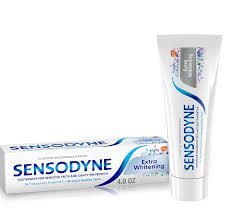
6. Oil Pulling:
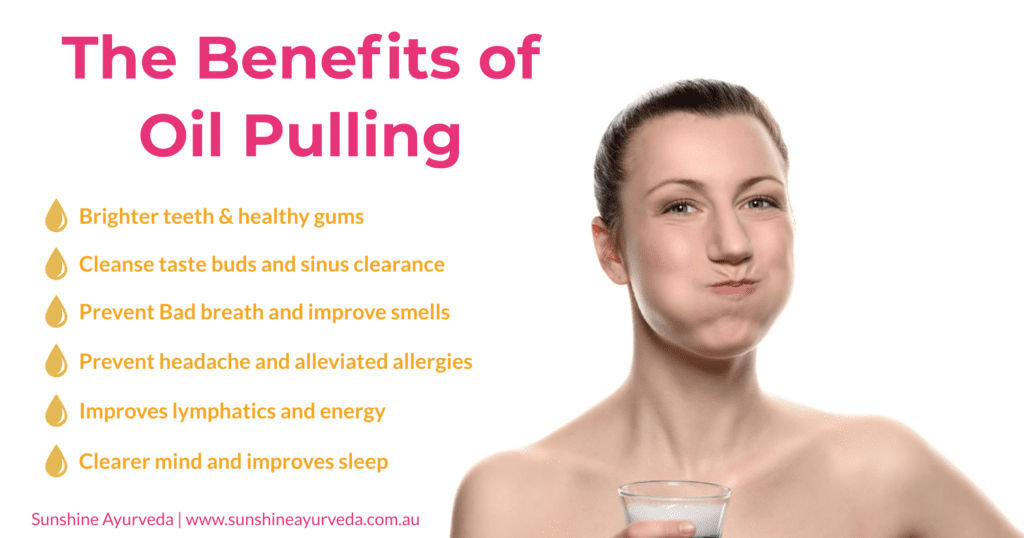
An ancient oral care technique, oil pulling involves swishing a tablespoon of coconut oil or sesame oil in your mouth for about 15-20 minutes. This practice is believed to remove bacteria and toxins, potentially contributing to whiter teeth. However, scientific evidence on its effectiveness is limited.
7. Eat Crunchy Fruits and Vegetables:

Include crunchy fruits and vegetables like apples, celery, and carrots in your diet. Chewing these foods can help scrub away surface stains and stimulate saliva production, which aids in maintaining a healthy oral environment.
8. Professional Teeth Whitening:
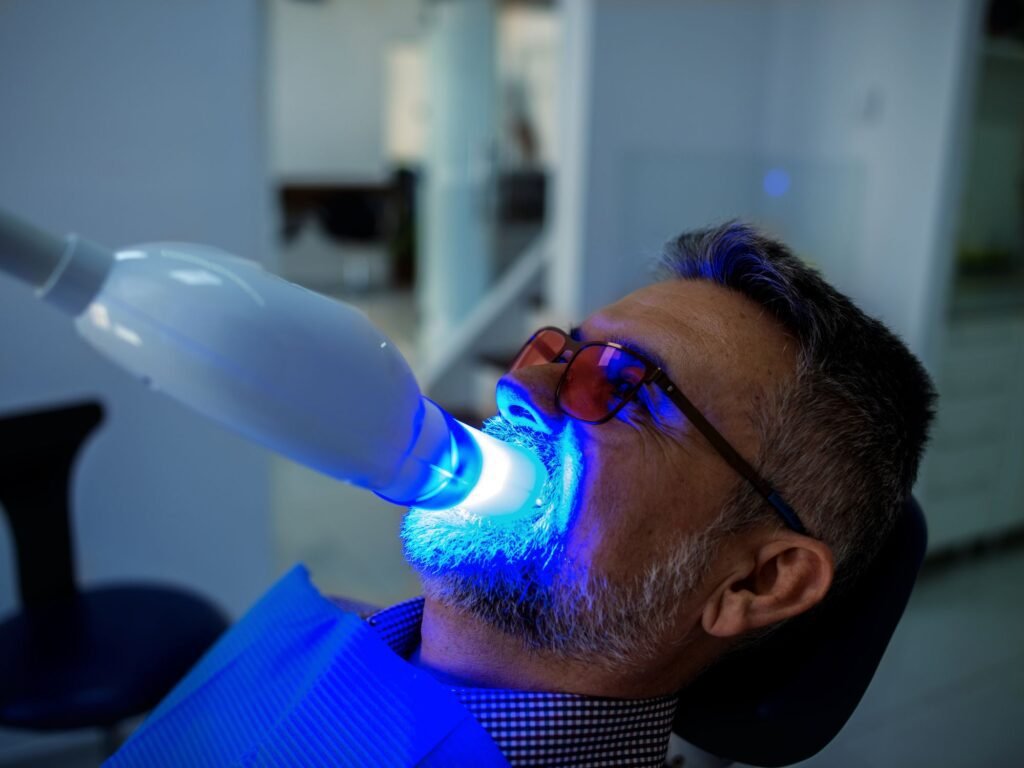
For more noticeable and immediate results, consider professional teeth whitening treatments offered by dentists. These procedures often involve the use of a higher concentration of bleaching agents and may include in-office treatments or take-home kits prescribed by a dentist.
9. Baking Soda and Hydrogen Peroxide:
Create a DIY teeth-whitening paste by mixing baking soda with a small amount of hydrogen peroxide. Brush your teeth with this mixture for a minute or two, but use it sparingly as excessive use may lead to enamel damage. Consult with your dentist before trying at-home remedies.
10. Dental Veneers:
Dental veneers are thin shells of porcelain or composite resin that are custom-made to cover the front surface of teeth. They can effectively mask discolorations and provide a whiter, more uniform appearance. Veneers are a more permanent and costly solution, so it’s crucial to consult with a dentist to determine if they are suitable for you.

Remember, individual results may vary, and it’s essential to maintain realistic expectations. Prioritize oral health and consult with your dentist before trying any new whitening methods, especially if you have existing dental conditions. Combining these approaches can contribute to a brighter, healthier smile over time.
Achieving a brighter, whiter smile is a common aspiration, but the journey towards teeth whitening is not without its challenges. Here, we explore six common hurdles individuals may face when pursuing teeth whitening and ways to overcome them.
6 Challenges Faced In Teeth Whitening:
1. Sensitivity:
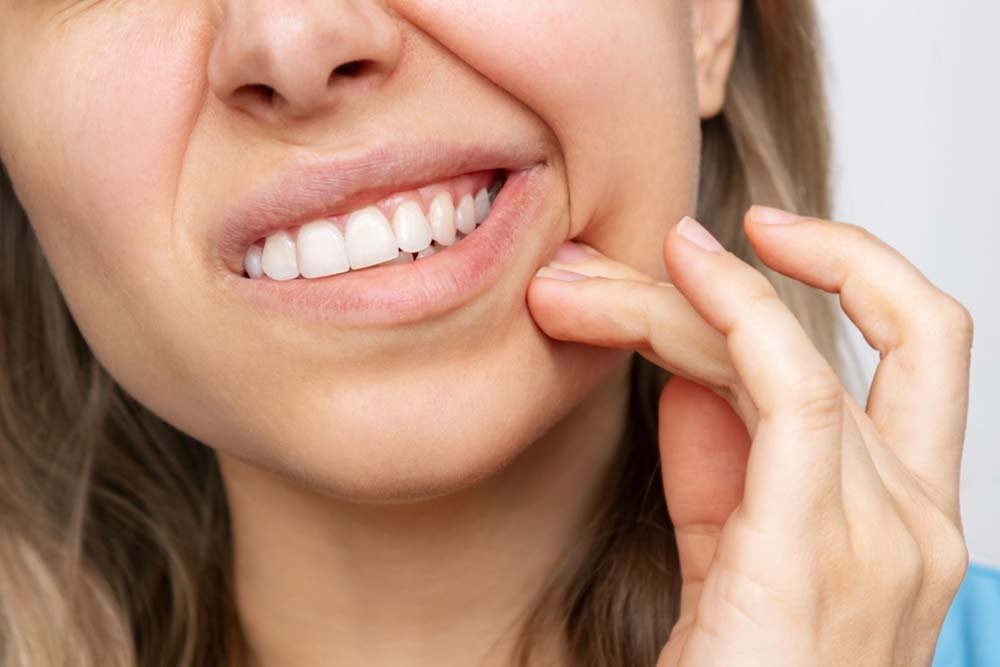
One of the most prevalent challenges associated with teeth whitening is sensitivity. The bleaching agents used in many whitening products can temporarily increase tooth sensitivity, leading to discomfort during and after treatment. To address this issue, individuals can choose a toothpaste designed for sensitive teeth or opt for whitening products with lower concentrations of bleaching agents. Additionally, spacing out whitening sessions and avoiding extremely hot or cold foods can help manage sensitivity.
2. Staining from Lifestyle Habits:
The pursuit of whiter teeth can be hindered by lifestyle habits that contribute to staining. Coffee, tea, red wine, and tobacco use are notorious for discoloring teeth. While teeth whitening treatments can address surface stains, preventing new ones is an ongoing challenge. Adopting a proactive approach, such as reducing the consumption of staining substances, can help maintain the results of teeth whitening efforts.
3. Inconsistent Results:
Individuals may find that teeth respond differently to whitening treatments, resulting in uneven or inconsistent results. This can be attributed to factors like the type and severity of stains, tooth enamel variations, and even genetics. To overcome this challenge, seeking professional advice from a dentist is crucial. They can assess the specific conditions of your teeth and recommend personalized whitening solutions, ensuring a more uniform outcome.
4. Overuse of Whitening Products:
A common pitfall in the pursuit of whiter teeth is the temptation to overuse whitening products. Excessive use of bleaching agents, whether in toothpaste or at-home kits, can lead to enamel erosion, tooth sensitivity, and even gum irritation. Following the recommended guidelines on product usage and consulting with a dentist before starting any whitening regimen are essential steps to avoid overuse-related complications.
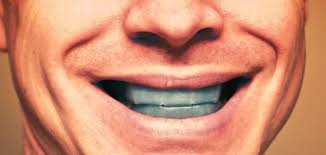
5. Affordability and Accessibility:
Professional teeth whitening procedures conducted by dentists can be costly, making them less accessible for some individuals. Over-the-counter whitening products are more affordable but may not deliver the same level of effectiveness. Striking a balance between budget constraints and desired results requires careful consideration. Researching and choosing reputable products within your budget, or exploring dental insurance coverage options, can help address affordability concerns.
6. Existing Dental Conditions:
Individuals with pre-existing dental conditions, such as cavities, gum disease, or worn enamel, may face challenges in pursuing teeth whitening. Certain dental issues can be exacerbated by whitening treatments, making it imperative to address underlying problems first. Consulting with a dentist before embarking on any whitening journey is crucial to ensure that the chosen method is safe and suitable for your specific oral health needs.
In conclusion, while the quest for whiter teeth is a common goal, it is not without its challenges. Sensitivity, lifestyle habits, inconsistent results, overuse of products, affordability, and existing dental conditions are hurdles that individuals may encounter. However, with proper awareness, proactive measures, and guidance from dental professionals, these challenges can be effectively navigated. Understanding the limitations and potential risks associated with teeth whitening methods is key to achieving a brighter, healthier smile while maintaining overall oral health.













